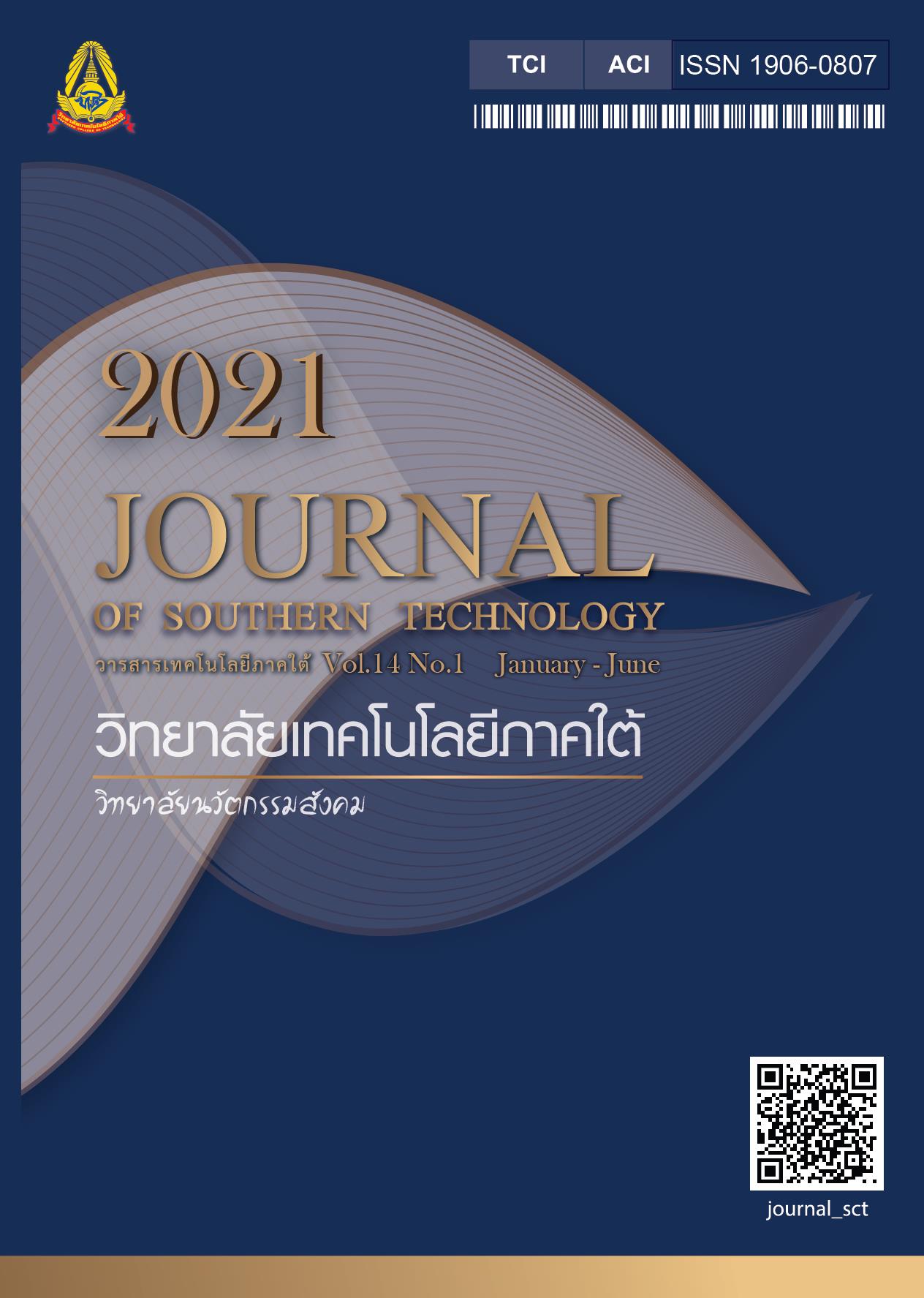Simulation Based Learning: Nursing Education
Main Article Content
Abstract
Simulation-based learning in nursing was a teaching method that encouraged students to participate in self-learning as if in a real situation. It encouraged students to understand about the fact that the situation was simulated. It was the experience that helped students learning about nursing practices in holistic care and helped students achieve the objectives of learning in nursing practice skills that required clinical decisions to solve the problems, team working, and liaison, including effective communication. There was also the discussion or the learning conclusion through reflection from simulation-based learning helped connection of knowledge from theory to practice of thoughts in a safe environment in order that students had a good attitude to practice, to be confident and able to practice in nursing in the real situations in the future.
Article Details
-
Authors must agree to the journal publication rules and allow the editors to edit the manuscripts for publication.
-
Author’s right belongs to the author but Journal of Southern Technology holds the right of first publication and thus allow readers to use the article for the purpose of education but not commercial.
References
Cordeau, M.A. (2013). Teaching holistic nursing using clinical simulation: A pedagogical essay. Journal of Nursing Education and Practice, 3(4), 40-50.
Gibbs, G. (1988). Learning by Doing: A guide to teaching and learning methods. Further Education Unit. Oxford Polytechnic: Oxford.
Kanhadilpok, S., & Punsommreung, T. (2016). Simulation based learning: design for nursing education. Journal of Nursing and Education, 9(2), 169-176. [in Thai]
Khemmani, T. (2017). Teaching Science: Knowledge for Effective Learning Process Management (21st ed.). Bangkok: Chulalongkorn University. [in Thai]
Kolb, A.Y., & Kolb, D.A. (2005). Learning styles and learning spaces: enhancing experiential learning in higher education. Academy of Management Learning & Education, 4,
-212.
Kumkong, M., & Chaikongkiat, P. (2017). High-Fidelity simulation-based learning: A method to develop nursing competency the Southern College Network. Journal of Nursing and Public Health, 4 (Special Issue), 332-344. [in Thai]
Kumkong, M., Leejareon, P., Aramrom, Y., & Jitviboon, A. (2016). Effects of simulation based learning on perceived self-efficacy in providing nursing care for advanced life support to patients with critical illness or emergency condition among nursing students. The Southern College Network Journal of Nursing and Public Health, 3(3), 52-64. [in Thai]
Lertbunnaphong, T. (2015). Simulation based medical education. Siriraj Medical Bulletin, 8(1), 39-46. [in Thai]
MA-OON, R. (2016). Efficient teaching and learning in higher education. Journal of Southern Technology, 9(2), 169-176. [in Thai]
Norkaeo, D., (2015). Simulation based learning for nursing education. Journal of Boromarajonani College of Nursing, Bangkok, 31(3), 112-122. [in Thai]
O’Donnell, JM., Decker, S., Howard, V., Levett-Jones, T., & Miller, CW. (2014). NLN/Jeffries simulation framework state of science project: Simulation learning outcomes. Clinical Simulation in Nursing, 10(7), 373-382.
Sinthuchai, S., & Ubolwan, K. (2017). Fidelity simulation based learning: implementation to learning and teaching management. Journal of the Royal Thai Army Nurses, 18(1), 29-38. [in Thai]
Steinwachs, B. (1992). How to facilitate a debriefing. Simulation & Gaming, 23(2), 186-195.
Suapumee, N., Naksrisang, W., & Singhasem, P. (2017). Management of experiential learning in nursing education. Nursing Journal of the Ministry of Public Health, 27(1), 12-21. [in Thai]
Thatan, S., & Srijanpal, W. (2017). Teaching method using simulation based learning. Journal of Nurses Association of Thailand Northern Office, 23(1), 1-10. [in Thai]
The Southern College Network Praboromarajchanok Institute Ministry of Public Health. (2015). Simulation Based Learning Guideline. Songkhla: Boromarajonani College of Nursing, Songkhla. [in Thai]

